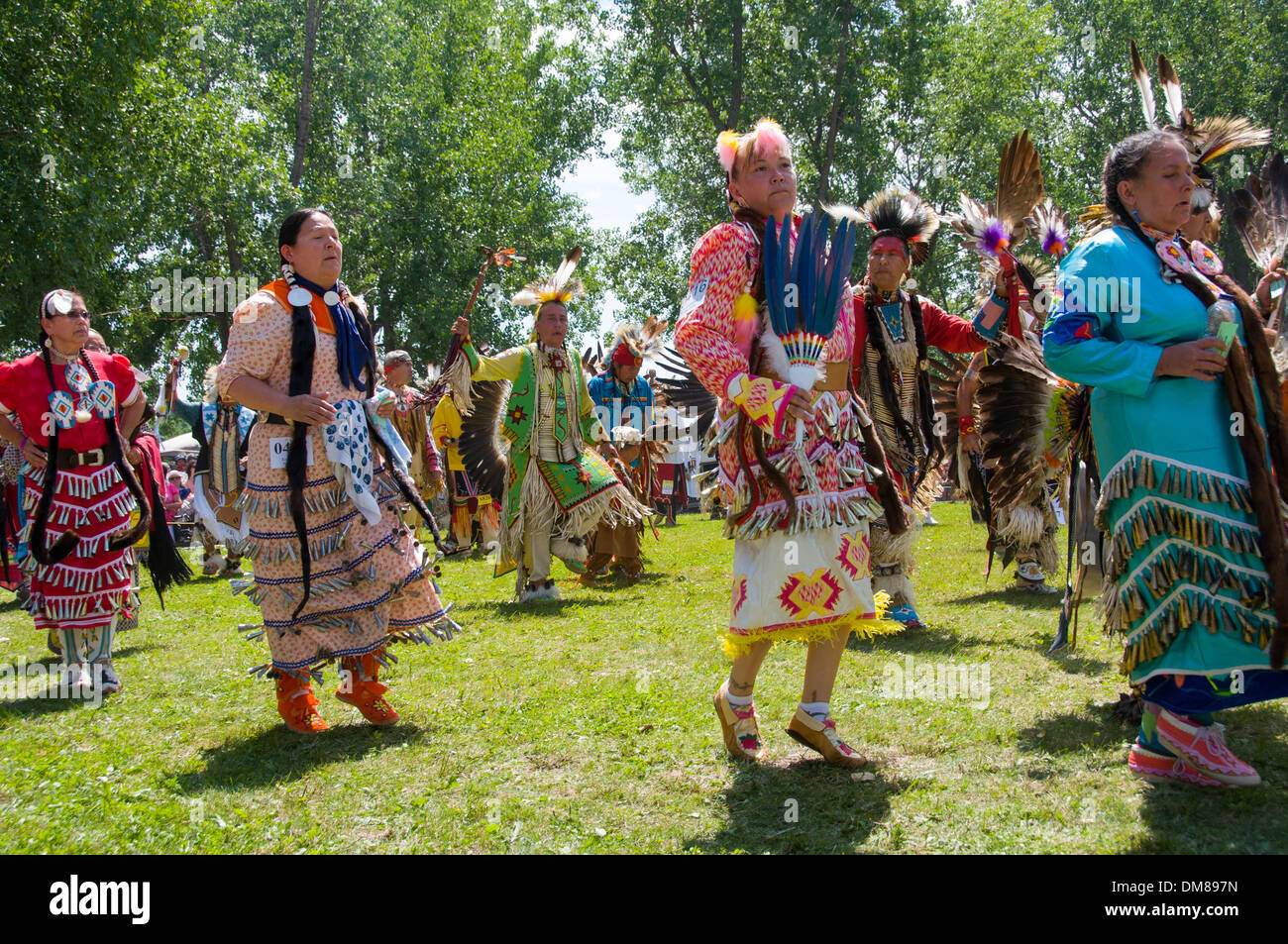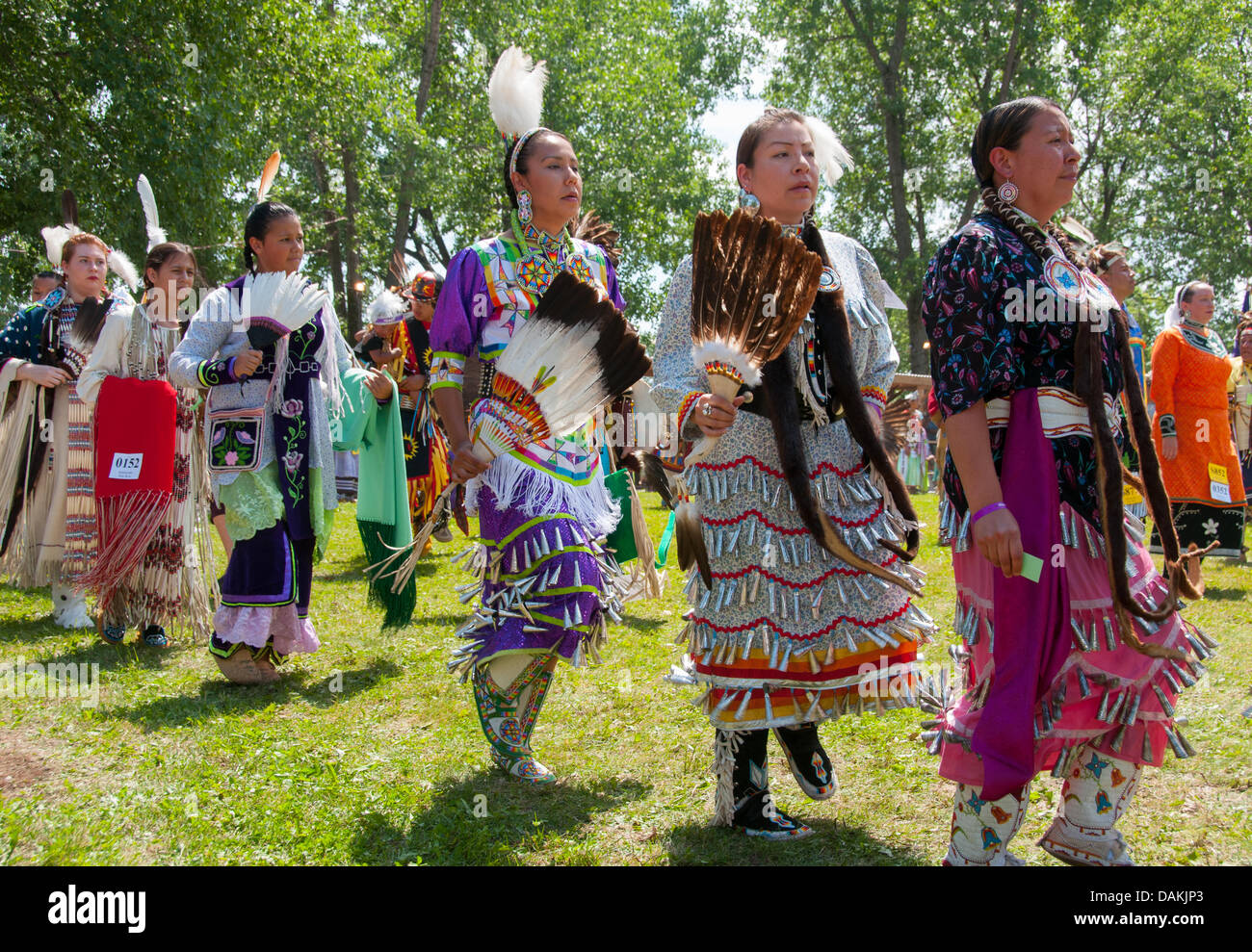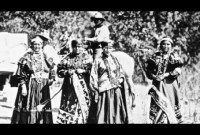
Guardians of Identity: The Enduring Cultural Tapestry of Kahnawake Mohawk
KAHN AWAKE, Quebec – As the St. Lawrence River flows past the southern bank of Montreal, carving its path through the land, it mirrors the enduring journey of the Kahnawake Mohawk people. For centuries, this vibrant community, known in their ancestral tongue as Kanien’kehá:ka (People of the Flint), has steadfastly maintained its distinct cultural identity, a rich tapestry woven from ancient traditions, profound spiritual beliefs, and an unwavering commitment to sovereignty. In a world often characterized by assimilation, Kahnawake stands as a testament to resilience, a living repository of the Haudenosaunee (Iroquois Confederacy) heritage.
The pulse of Kahnawake’s culture is not merely a historical echo; it reverberates through daily life, from the classrooms where children learn their ancestral language to the ceremonial longhouses where ancient protocols are observed. It is a dynamic, evolving culture, fiercely guarded yet openly shared, reflecting a people deeply rooted in their past while actively shaping their future.

The Heartbeat of Identity: Kanien’kéha Language Revitalization
Perhaps no single element is as critical to the preservation of Kahnawake Mohawk identity as the Kanien’kéha language. Once facing the brink of extinction due to colonial policies and residential schools designed to strip Indigenous peoples of their heritage, the language is now experiencing a remarkable revitalization.
"Our language is the heartbeat of our identity," affirms Kahente Horn-Miller, a Kanien’kehá:ka scholar and associate professor at Carleton University, whose work often touches upon cultural resurgence. "It carries our worldview, our history, our humour, and our very way of thinking. To lose it would be to lose a fundamental part of who we are."
This understanding fuels the community’s passionate efforts. At the forefront of this resurgence is the Karonhianónhnha Tsi Ionterihwaienstáhkhwa, a Mohawk immersion school that has been a cornerstone of language and cultural education since its founding in 1980. Here, children from kindergarten through high school are immersed in Kanien’kéha, learning everything from mathematics to science through the lens of their ancestral tongue.
"When I hear the children speaking Kanien’kéha in the hallways, it fills me with immense hope," says a long-time educator at the school, who prefers to remain anonymous due to the sensitive nature of their work. "They are not just learning words; they are reclaiming a legacy. They are becoming fluent carriers of our culture into the next generation." The school also hosts adult language classes, fostering intergenerational learning and ensuring that the language thrives outside the classroom.
The Great Law and the Thanksgiving Address: Spiritual and Governance Foundations
Central to Kahnawake Mohawk culture is the Kaianere’kó:wa, the Great Law of Peace, a complex political and social system that has guided the Haudenosaunee Confederacy for centuries. It emphasizes peace, power, and righteousness, providing a framework for governance, dispute resolution, and community harmony. While Kahnawake operates under an elected band council system (which exists alongside and sometimes in tension with traditional governance structures), the principles of the Great Law continue to inform community values and traditional practices.
Integral to their spiritual and daily life is the Ohen:ton Karihwatehkwen, or the Thanksgiving Address. This profound invocation, delivered at the beginning and end of all significant gatherings, acknowledges and gives thanks to every element of creation – from the earth and waters to the plants, animals, birds, winds, sun, moon, stars, and the Creator.

"The Thanksgiving Address isn’t just a prayer; it’s a philosophy," explains Elder Kaniehtí:io Horn, a respected knowledge keeper. "It reminds us of our interconnectedness with all living things, our responsibility to the natural world, and our place within the grand design. It teaches humility and gratitude, lessons that are essential for a good mind and a good heart." This deep respect for the environment and the natural world is not merely ceremonial; it underpins their traditional land stewardship practices and their ongoing advocacy for environmental protection.
Community, Kinship, and the Role of Elders
Community is the bedrock of Kahnawake Mohawk society. The concept of collective well-being often supersedes individualistic pursuits. Family ties extend beyond the nuclear unit, embracing clans (Bear, Wolf, Turtle, Snipe, Deer, Eel, Beaver, Hawk, and Heron, among others) that traditionally dictate social roles and marriage alliances. Though some of these structures have evolved, the strong sense of kinship remains.
Elders hold a revered position as knowledge keepers, storytellers, and moral compasses. Their wisdom, passed down through generations via oral tradition, is invaluable. Storytelling, whether around a fire or in a classroom, serves as a powerful means of transmitting history, values, and life lessons. Traditional narratives often feature cultural heroes, cautionary tales, and explanations of natural phenomena, all imbued with moral teachings.
"Our elders are living libraries," says Tekaronhiáhkhon, a community youth leader. "They carry the memories of our ancestors, the songs, the ceremonies. It’s our responsibility to listen, to learn, and to ensure that their knowledge continues to guide us." This intergenerational transfer of knowledge is crucial for cultural continuity, especially in areas like traditional medicine, harvesting practices, and ceremonial protocols.
Art, Craft, and the Creator’s Game: Expressions of Identity
Kahnawake Mohawk culture finds vibrant expression in its arts and crafts. Beadwork, a highly intricate and beautiful art form, is particularly prominent, adorning clothing, pouches, and ceremonial items with floral and geometric patterns. Basketry, made from black ash splints, and quillwork, using porcupine quills, are also cherished traditional crafts that continue to be practiced by skilled artisans.
Wampum belts, historically made from quahog shell beads, are perhaps the most significant cultural artifacts. Far from being mere currency, wampum belts served as mnemonic devices, recording treaties, historical events, and important agreements between nations. They are living documents, read and interpreted by knowledge keepers, symbolizing the enduring power of their ancestral diplomatic traditions.
And then there is lacrosse. Known as "the Creator’s Game," Tewaaraton in Kanien’kéha, it is more than a sport; it is a spiritual practice, a medicine game, and a source of immense pride. Played for healing, community bonding, and as an offering to the Creator, lacrosse is deeply embedded in Mohawk identity.
"When we step onto the lacrosse field, we’re not just playing a game; we’re participating in something sacred," says a young Kahnawake lacrosse player. "We’re honouring our ancestors, connecting with the spirit of the game, and strengthening our community. It’s a prayer in motion." Kahnawake has produced numerous world-class lacrosse players, showcasing the community’s deep connection to this traditional sport on a global stage.
Resilience and Adaptation: A Future Forged in Tradition
The history of Kahnawake, like many Indigenous communities, has been marked by profound challenges, including the devastating impact of residential schools, land dispossession, and assimilation policies. Yet, through it all, the community has demonstrated remarkable resilience. The Oka Crisis of 1990, a dramatic standoff over land rights and sovereignty, highlighted Kahnawake’s unwavering determination to protect its territory and way of life, drawing international attention to Indigenous rights.
Today, Kahnawake is a dynamic and self-governing community, actively pursuing economic development while prioritizing cultural preservation. They have embraced modern technologies and opportunities, but always with an eye towards maintaining their distinct identity. Pow-wows, though intertribal, are celebrated with enthusiasm, providing a vibrant space for dance, music, and the sharing of Indigenous cultures, including Kahnawake’s own unique contributions.
"Our culture isn’t static; it’s a living, breathing entity that adapts and grows," says Chief Kahsennenhawe Sky-Deer of the Mohawk Council of Kahnawake. "We face modern challenges, but we meet them with the strength of our ancestors’ teachings. We are building a future for our children that is rooted in our traditions, yet open to the world."
The enduring cultural practices of the Kahnawake Mohawk people are a testament to their strength, adaptability, and profound connection to their heritage. From the daily whispers of Kanien’kéha to the sacred thud of lacrosse sticks, and the solemnity of the Thanksgiving Address, Kahnawake continues to flourish as a beacon of Indigenous identity, ensuring that the flame of the People of the Flint burns brightly for generations to come.


